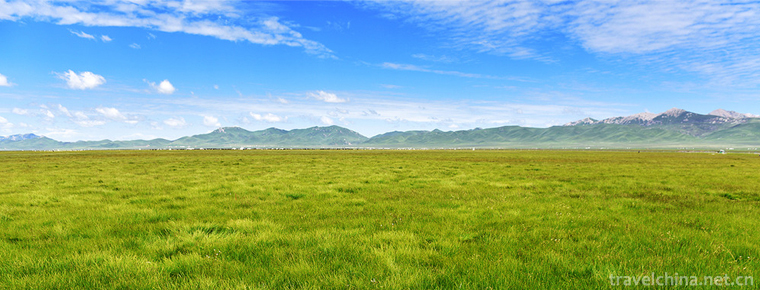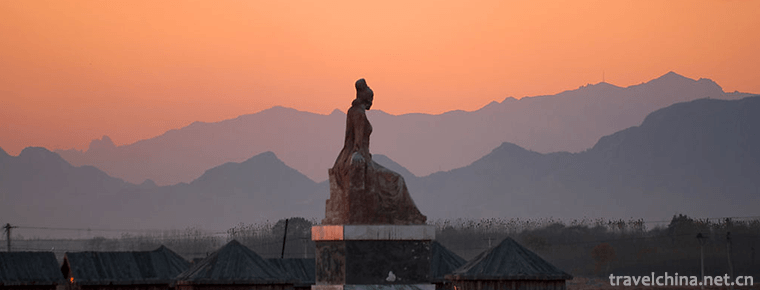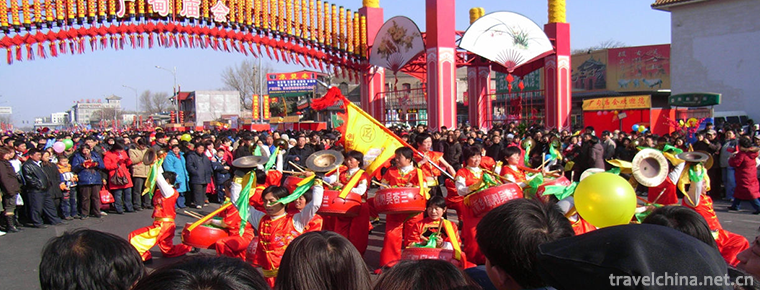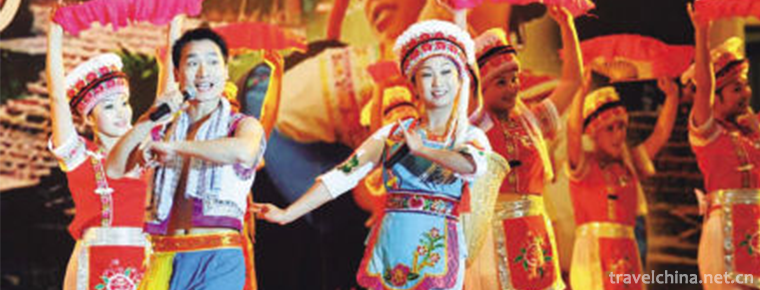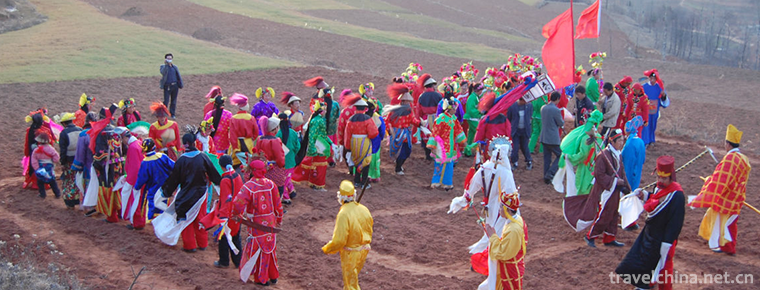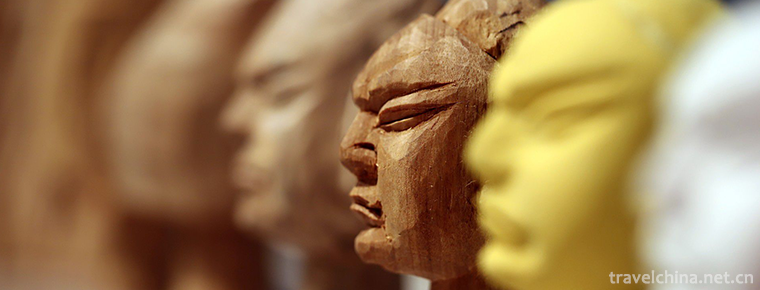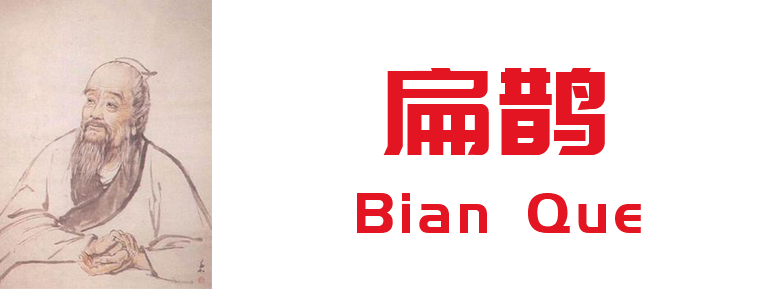Xi Opera
Xi Opera
Xiju opera, one of the national intangible cultural heritages, is popular along Shanghai and Nanjing, as well as in Hangzhou, Jiahu, Huzhou and urban and rural areas of southern Anhui.
Xiju opera, formerly known as Tanhuang, originated from the Narrative Folk Song "Dongxiang Diao" in Wuxi and Changzhou during the reign of Qianlong and Jiaqing in the Qing Dynasty. Before and after the Taiping Heavenly Kingdom, "Dongxiang Diao" merged with Taoist sentiment, singing Spring and Xuanjuan, and gradually developed into "Tanhuang" in the form of folk art. Xiju opera is mainly composed of singing, elegant Lyric melody, strong flavor of life, unique Jiangnan water village charm, providing rich resources for the study of Jiangnan local culture.
On June 7, 2008, Xiju Opera was approved by the State Council of the People's Republic of China to be included in the second batch of national intangible cultural heritage list, numbered IV-103.
historical origin
During the reign of Qianlong and Jiaqing in the Qing Dynasty, the local folk songs in Wuxi and Changzhou were often sung in pairs of men and women, and stories were sung for self-entertainment. This kind of Narrative Folk Song was called "Dongxiang Diao".
Before and after the Taiping Heavenly Kingdom, "Dongxiang Diao" merged with Taoist sentiment, singing Spring and Xuanjuan, and gradually developed into a form of "Tanhuang", singing stories in life. Because the voice singing is slightly different, it can be divided into "Wuxi beach spring" and "Changzhou beach spring". Tanhuang then absorbed the body movements of Jiangnan folk dance "tea-picking lantern", and performed in the way of tea-picking lantern and flower-drum opera, gradually developed into Tanhuang opera, known as "flower-drum-beach spring". Tanhuang Opera mostly plays in the countryside. It only plays two roles in Xiaodan, Xiaosheng and Joker. It is called "Duanzi Opera".
During the Daoguang period of the Qing Dynasty, there were semi-professional, professional Tanhuang artists and female professional artists. A small number of artists entered the city of Changzhou and Wuxi to perform. Because of the busy performance, artists began to accept apprenticeships and organize class clubs. During the Guangxu period, the Chang Band, the Xibang, the Jiangyin Band and the Yixing Band gradually formed.
In the late Qing Dynasty, some rural intellectuals joined the Tanhuang troop, and the plot of the drama became more and more complicated. The role of Duanzi opera changed from "three small" to "young, old, funny (ugly), old and flower-dan".
Before and after the 1911 Revolution, Tanhuang developed into the same scene.
In 1914, Tanhuang artists entered Shanghai, and Tanhuang Opera developed into a "Datong Opera" featuring up to dozens of performers, which was officially put on the stage. At the same time, the industry should be further subdivided.
In 1921, the Chang Gang merged with the Xibang, renamed Chang Xiwen Opera, and began to perform both local and public drama.
After the outbreak of the War of Resistance Against Japan, most of the classes and associations evacuated from Shanghai and the cities along the Shanghai-Nanjing Railway and turned to the countryside or disbanded.
In the 1950s, the reform of opera was generally carried out, and the opera reform organizations were established successively in the popular areas of tin opera. The Southern Jiangsu Administration Office changed the term "Changxi Wenxi Opera" to "Changxi Opera", and established three experimental Changxi Opera Troupes, namely, the Southern Jiangsu Wenlian, Changzhou and Wuxi.
In 1953, the Jiangsu Provincial Bureau of Cultural Affairs, in accordance with the spirit of the "Fifth Five-Year Plan" directive, made a comprehensive inspection of theatrical reform and strengthened its efforts. Tin opera gradually entered its heyday in the following ten years.
In May 1955, the Jiangsu Provincial Bureau of Culture issued a further notice to abbreviate Changxi Opera as "Xiju".
In February 1967, the Central Cultural Revolution Group issued the Decision on the Proletarian Cultural Revolution of Literary and Art Groups. In a short period of time, most of the collectively owned theatre troupes of Xiju Opera were cut down, reformed and merged, and their performances ceased one after another. A large number of workers of Xiju Opera were delegated or changed their professions. In the middle and late period of the Cultural Revolution, some tin troupes began to recover slowly.
Cultural characteristics
Music for voices in a Chinese Opera
Xiju aria belongs to the board-cavity complex of Qupai. The three basic tones belong to the board-style structure of the upper and lower sentences, and often insert a long or short board between the upper and lower sentences. The melody of Xiju opera music is soft, smooth and light, and it has the distinctive characteristics of sexes.
1. True voice singing
Because the folk songs and minors in Wuxi and Changzhou are sung in the native voice, the performers of Xixi Opera are also used to singing in the native voice.
2. Vocal Format
The singing style of Xiju opera is "ups and downs". That is to say, start with one sentence, then clear up several sentences, and then finish with one sentence.
3. Pentatonic Seven Scale
The scale of Xiju opera is based on the five-tone mode. It is composed of three scales of seven-tone mode, namely, changing palace or clearing feather between feather palaces and changing emblem and clearing horn between horn emblems. These three seven-tone scales of pentatonicity can form fifteen modes, which are more expressive, colorful and emotional than pure pentatonic scales.
4. Men and women have the same voice and different cavities in uterus
Early Xiju opera used the method of "same uterus with different tunes", that is, men and women have the same tune, but the tune is different. This can not only give full play to the best sound area of actors and actresses in singing, but also make the melody of singing keep the same melody and mode characteristics.
5. Lyric structure
The lyrics of Xiju Opera are mainly seven-character sentences, and the upper and lower sentences are dual. Although there are some rhyming rules, Pingdi is not very particular. In addition, there is a special form, namely "tripod sentence", which means that the number of words in the upper and lower sentences is not equal. There are two sentences to one sentence, and one sentence to two sentences.
Monologue
The commonly used forms of pronunciation in Xiju opera are as follows:
1. Tongue twisters
A kind of rhyme pronunciation, which is composed of homonym characters, can express the role's niche. Xiaodan and clown are occasionally used in opera.
2. Smooth talk
A rhyming pronunciation, including four-character, five-character and seven-character sentences. People in the play speak freely according to their needs and are not restricted by rigid eyes.
3. Dry board
A kind of upper board pronunciation is divided into three-character sentences, four-character sentences, five-character sentences and seven-character sentences.
4. Poems
Generally speaking, the first two sentences of poems chanted in Xiju Opera are read, and the last two sentences are chanted, or vice versa.
5. Rhyme
Letters, couplets, memorials and so on, which often appear in scripts, are relatively neat and dual. Actors need to master their rhythm rules, read out the layers and read out the key points when they read the words.
6. Statement Poetry and Statement
In traditional operas, the characters first recite the final poems, and then report to their families. One is to attract the attention of the audience, and the other is to explain the purpose of the characters. Fixed-stage poems include "on-stage poems" when appearing, and "off-stage poems" when appearing. There are four sentences and two sentences in the final poem.
7. Dendrolimus
There are five-character sentences and seven-character sentences in the lexical case. The number of sentences is generally four sentences, and there are six sentences and eight sentences. It can be a single character or a few characters. The lantern moth is usually used when people are emotionally excited in the play.
8. Call your head
In traditional opera, a kind of stylistic pronunciation. Usually used when people in the play are talking until they are excited.
Tune
The main tune of Xiju opera is "spring tune", and later it created some new tunes, which increased the change of plate style. Especially, the "mainland tune" has changed from a single tune to a rich variety of tunes. In addition, Xiju also absorbed a large number of traditional folk music in the south of the Yangtze River, adapted "Southern Tune", "Chen Tune", "New Jinling Pagoda Tune", "Chai Tune" and so on.
Spring tune is a combination of Jiangnan folk song and Suzhou Tanci tune. It has beautiful melody and is good at lyricism. There are more than ten kinds of plate types, such as old spring tuning, spring tuning adagio, Old Dan back bow tuning, etc.
Mainland tune is the second major aria in tin opera. It originated from the Gong board (also known as "Mainland board") of Wulin class. It started with only two sentences, and then imitated the structure of spring tune, creating "Qingbang".
The Southern Tune was originally the main aria of the Southern Opera. From the 1930s to the 1940s, there were many types of "Southern Opera" in Shanghai, mainly performed in amusement parks.
After the founding of New China, musicians and actors worked closely to unify and process the musical style of tin opera, and distinguish the primary and secondary. They successively adapted and created a variety of slab-style singing tunes, such as "spring tune" tune, mustard flower tune, reed-tuned running water board, antipalace reed tune and so on; and "mainland tune" created new tight slow singing, mainland running water board, 28-board, stacking board and slow triple-eyed board. New Continental tune and chord-up (continental anti-palace tune) make it develop from a single tune to another type of tune just next to "spring tune"; Lingling tune develops not only new male tune, but also flowing board and free board.
Musical Instruments
The accompaniment instruments of Xiju opera absorb the accompaniment characteristics of Jiangnan folk instrumental music and emphasize the lyricism of long melody. Therefore, the accompaniment instruments mainly consist of stringed instruments, such as sine and vice-erhu, and plucked instruments, such as Pipa and tri-stringed instruments. Later, in order to enrich the plasticity of singing, percussion instruments such as Bell touching and bamboo flute were added. Some modern plays also include bass, Violin and other Western accompaniment instruments.
Stage performance
perform
After the development of Xiju opera into the traditional costume opera, it mainly refers to the performance program and artistic means of Peking Opera. Some troupes also employ Peking Opera and Kunqu Opera actors for counseling, learning the dance body and body movements of Beijing and Kunqu, and developing towards singing, dancing, singing, reciting and playing, but generally still focusing on "singing".
Stage Art
During the period of Changxi Wenxi Opera, they imitated Peking Opera and adopted "conservative" and one table and two chairs. After the founding of the People's Republic of China, in addition to some traditional operas, more reference to the dance design of drama, costume opera masquerade used both Yueju small head and Peking Opera big head.
Role Business
Although the roles of Xiju opera are divided into different stages, they are rougher and can be divided into several stages of development.
In the stage of sub-opera, male characters are called "upper hand" (or "left mouth") and female characters are called "lower hand" (or "right mouth").
During the period of Xiaotong, the number of roles increased, and the acts of roles had developed from the "three small" in the opera to the five elements of Xiaosheng, Laosheng, Funny (Ugly), Laodan and Huadan.
During the Datong period, further branches were divided into "elegant" and "civil and military" for the younger generation, and "family old generation", "civil and military old generation" and "adulterous old generation". Funny was divided into "fashion funny" (singing current affairs news), "dumb funny" (also known as "cold face", "color dan" for the older generation, and "blue dan" for the younger generation. Clothes sad Dan, Wenwu Huadan, boudoir Huadan, Fengshao Huadan, Xiaodan (also known as "wendy Dan").
According to different roles, each line is divided into different sub-lines:
Xiaosheng: elegant, civil and military students, villains (also known as "funny" students).
Laosheng: Family, civil and military, male and female adulterers.
Funny: Fashionable funny, dull funny (also known as "cold-faced funny").
Lao Dan: Family Lao Dan and Cai Dan.
Huadan: Qingyi Peidan, Wenwu Huadan, Boudoir Huadan, Fengshuadan, Xiaodan.
Representational repertoire
The representative repertoires of Xiju opera include the traditional opera "Double Pushing Mill", "An Tang Recognition of Mothers", "An Tang Meeting", "Meng Lijun", "Pearl Tower", "Double Pearl Phoenix" and modern opera "Safflower Opera", "Island Women Militia" and so on.
Distribution area
Changzhou is the main birthplace of Xiju. Xiju is popular along the Shanghai-Ningxia line as well as in Hangzhou, Jiahai, Lake areas and urban and rural areas of southern Anhui.
Inheritance and Protection
Inheritance value
Tin opera is an important part of Wu culture. Whether its voice or language, including costume performances, all have distinct regional characteristics in the south of the Yangtze River, which has certain evidential significance for the study of Wu culture.
Tin opera originated and has long been rooted in the countryside. Therefore, it has a strong local flavor and distinct features of popular opera. It embodies its own unique value in ideological, artistic, literary, folkloric and ornamental aspects.
The emergence and development of Xiju opera is quite typical in Jiangnan regional opera, which provides a good empirical evidence for the study of the history of Jiangnan opera and even the history of Chinese local opera.
Tin opera has a very positive significance for enriching the cultural life of the masses and continuing the cultural context.
Current situation of inheritance
Driven by economic interests, few people specialize in the creation of opera scripts, most of them turn to the creation of TV series. This has also become an important factor restricting the development of the troupe.
There are few young reserve actors. It takes at least 10 years for an actor to study tin opera in school and become a leading actor to perform on the stage. Many young actors can not afford to change their profession halfway, which makes the team of tin opera unstable and has no successors.
Heritage figures
Ni Tongfang, female, was born in August 1946. On May 26, 2009, Ni Tongfang was selected as the representative successor of the third batch of national intangible cultural heritage projects and declared by the Xiju Troupe of Jiangsu Performing Arts Group. Project name: Xiju.
Wang Lanying, female, was born in December 1926. On May 26, 2009, Wang Lanying was selected as the representative successor of the third batch of state-level intangible cultural heritage projects and declared by the Xiju Troupe of Jiangsu Performing Arts Group. Project name: Xiju.
Shen Peihua, female, was born in October 1924. On May 26, 2009, Shen Peihua was selected as the representative successor of the third batch of state-level intangible cultural heritage projects and declared by the Xiju Troupe of Jiangsu Performing Arts Group. Project name: Xiju.
Yao Cheng, female, was born in November 1926. On May 26, 2009, Yao Cheng was selected as the representative successor of the third batch of state-level intangible cultural heritage projects. The Xiju Troupe of Jiangsu Performing Arts Group declared. Project name: Xiju.
Wu Yatong, male, was born in September 1919. On May 26, 2009, Wu Yatong was selected as the representative successor of the third batch of national intangible cultural heritage projects and declared in Changzhou, Jiangsu Province. Project name: Xiju.
Wang Genxing, male, was born in September 1940. On December 20, 2012, Wang Genxing was selected as the representative successor of the fourth batch of national intangible cultural heritage projects, which Jiangsu Province declared. Project name: Xiju.
protective measures
Jiangsu Performing Arts Group collects, collates, archives and publishes relevant materials of older generation artists and representative dramas, increases investment in the creation of new dramas and the cultivation of new people, and strengthens propaganda through various means.
Changzhou collects and collates materials comprehensively, publishes the book Changzhou Tin Opera Art, produces a special film of famous Tin Opera artists, and establishes the Changzhou Tin Opera Art Museum.
Wuxi has listed the Xiju Opera as a key protection project, invested in the construction of the Xiju Museum, held the "Zhou Zhou Xiju" activity, produced the TV special film "Hundred Years of Xiju", and included the Xiju Opera in the local textbooks of primary and secondary schools, and digitized the materials for permanent preservation and use of the museum.
social influence
Honorary recognition
In 1954, at the Eastern China Opera Concert, Xixi Opera "On a New Road" won the first prize for script and excellent performance.
In October 2017, Wujin Tin Opera Troupe won the third Jiangsu Wenhua Award for its original large-scale Tin Opera Magnolia Blossom.
In April 2018, the tin opera film Pearl Tower won the Best Musical Film Award at the 15th World National Film Festival.
In August 2018, the National Opera Invitation Exhibition of "Ode to China" and the Shenzhen Luohu Opera Culture Week were held at the Luohu District Cultural Museum in Shenzhen. The original Changzhou Xiju opera "Half Red Army Bed" won the Best Play Award and "Good Man Lao Ma" won the Excellent Play Award.
social activities
On November 6, 2016, a large-scale original tin opera "A Dream of Purple Sand" rehearsed by Jiangsu Tin Opera Troupe was staged at the Zijin Grand Theatre in Nanjing.
On November 3, 2018, a special performance of "Fanyi" was held in the Great Hall of the People of Wuxi City, which was rehearsed by Wuxi Tin Theatre.
On December 15, 2018, a large-scale modern tin opera "Good Man Yu Yibin" organized by Huishan District of Wuxi City was performed at Dongyuan Opera House in Beijing.
On March 2, 2019, the "Young Phoenix's Silence" - Famous Family Legend Drama and Excellent Young Talents Exhibition of Xiju Opera was held in Wuxi Grand Theater.

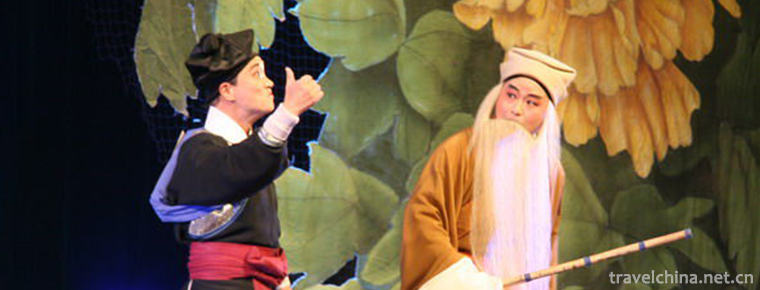
-
Ruoergai CountyZoige County
Zoige County is located in the northeastern edge of the Qinghai-Tibet Plateau.
Views: 160 Time 2018-10-12 -
Five city tea driedWucheng Dried Tea
Wucheng Dried Tea, a specialty of Xiuning County, Anhui Province, is a national geographical indication product..
Views: 127 Time 2018-11-27 -
Legend of Meng Jiangnu
Meng Jiangnu's story, as one of the four love legends in ancient China (the other three are Niulang and Zhinu, Liang Shanbo and Zhu Yingtai, and The Legend of White Snake), has been widely circulated .
Views: 266 Time 2018-12-23 -
Gongchangling Hot Spring Skiing Ground
Gongchangling Skiing Ground is located in Tanghe Scenic Area of Gongchangling, Liaoyang City, Liaoning Province. It covers an area of 100 hectares and is a national AAA-class tourist attraction..
Views: 109 Time 2019-01-12 -
Changdian Temple
Changdian Temple Fair is a traditional folk custom and folk religious belief activity in Beijing. Among the many temple fairs in the old capital city, only the temple fairs in Changdian.
Views: 172 Time 2019-04-16 -
Sangzhi Folk Song
Sangzhi folk song originated from the ballads of the ancestors'daily production and life in the primitive farming period. It is a kind of folk music culture created, Sung and accumulated by the people.
Views: 129 Time 2019-06-12 -
Wudu Alpine Opera
Wudu Alpine Opera, also known as Alpine Opera, is one of the two unique local operas in Gansu Province. In 2008, Wudu Alpine Opera was selected as the second batch of national intangible cultural heri.
Views: 168 Time 2019-06-30 -
Zhangzhou Puppet Head Sculpture
Zhangzhou puppet head carving is a traditional folk arts and crafts in Zhangzhou City, Fujian Province. It belongs to a special skill in the production of puppet stage props. Zhangzhou puppet head car.
Views: 125 Time 2019-07-25 -
Bian Que
Bian Que (407 BC - 310 years ago) Ji surname, Qin Shi, name slowly, the word Yue people, also number Lu medicine, the spring and Autumn period and the Warring States period famous doctor. The spring a.
Views: 131 Time 2019-09-06 -
Jiang Weicheng
Jiangweicheng site is a representative and important site in the upper reaches of Minjiang River. It is located in the mountain behind the Weishi school in Weizhou Town, Wenchuan County..
Views: 194 Time 2020-11-06 -
Luzhou natural resources
The total amount of water resources in Luzhou is 6.657 billion cubic meters per year. The groundwater reserves are rich, reaching 1.065 billion cubic meters per year, among which Xuyong and Gulin counties in the south are the richest. The structural fissure water in the south.
Views: 344 Time 2020-12-14 -
Leshan water resources
There are many rivers in Leshan City, including Minjiang River, Dadu River, Qingyi River and many small and medium-sized rivers. It is a water rich area with an average annual water production of 11.37 billion cubic meters. With 74.14 billion cubic meters .
Views: 54 Time 2020-12-17
